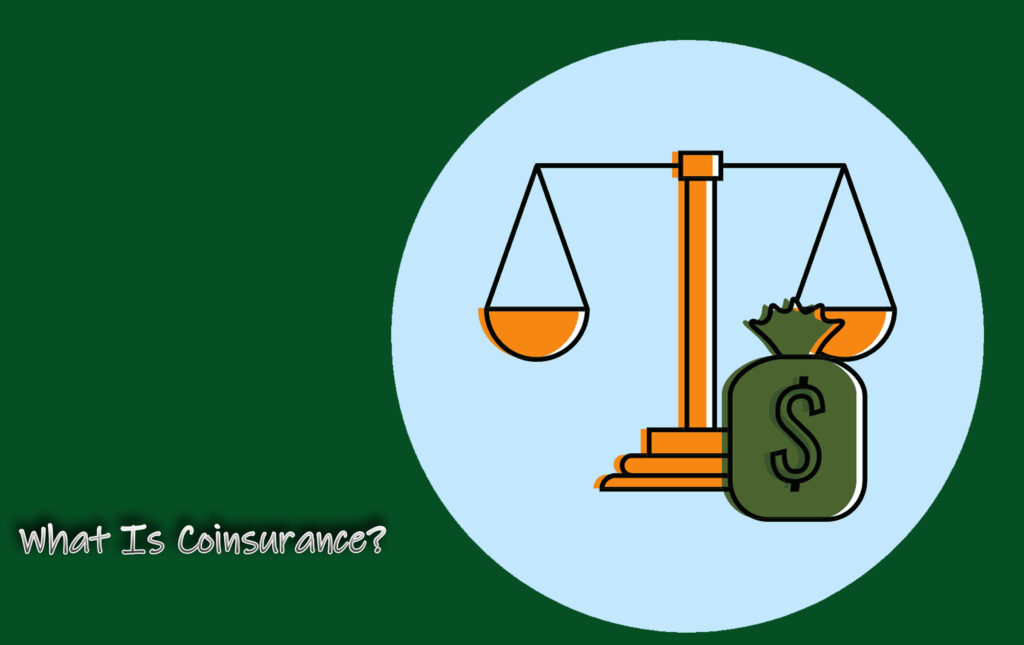Coinsurance is the part of a medical bill you pay after meeting your deductible. It’s a form of cost-sharing between you and your health insurance company.

Once you’ve paid your deductible, your insurer starts to cover part of your medical costs, but not all of it. The remaining share you’re responsible for is called coinsurance.
How does this work? In this article, we’ll explain what coinsurance is, how it differs from other out-of-pocket costs, and why it matters.
How Coinsurance Works
Let’s say your health insurance plan has a 20% rate and you’ve already met your deductible for the year. If you receive a medical service that costs ₦100,000, your insurance will pay 80% (₦80,000), while you’ll pay 20% (₦20,000).
This is how it works, you and your insurance company share the cost.
Coinsurance only applies after you’ve met your deductible, the fixed amount you must first pay out of your own pocket before your insurance starts sharing the cost. So, until you reach your deductible, you cover 100% of your medical bills..
Coinsurance vs Copay
People often confuse co-insurance with copay (or copayment), but they are different. A copay is a fixed fee you pay upfront for certain services, like ₦2,000 for a doctor’s visit.
It doesn’t change based on the total cost of the service. Co-insurance, on the other hand, is a percentage of the total cost and varies depending on how much the medical service costs.
Out-of-Pocket Maximum
Your insurance plan will also include something called an out-of-pocket maximum, the most you’ll have to pay for covered services in a year. This includes your deductible, copays, and coinsurance.
Once you reach this limit, your insurance company pays 100% of the remaining covered medical costs for the rest of the year.
This limit protects you from extreme medical bills, especially during serious illness or emergencies.
Why Coinsurance Matters
Coinsurance affects your real costs, not just on paper, but when you’re actually getting care. If your coinsurance is high, you’ll pay more each time you need a procedure or see a specialist. If it’s lower, your insurance pays a bigger share.
When choosing a health plan, knowing the co-insurance rate helps you compare the real cost of care. For example:
- Plans with lower monthly premiums often come with higher coinsurance.
- Plans with higher premiums may offer lower co-insurance, which means fewer big bills later.
If you use health services often, it might be better to choose a plan with lower coinsurance even if the premium is higher. If you rarely visit the doctor, a plan with higher coinsurance and lower premiums might save you money.
How To Manage Coinsurance Costs
- Know your plan: Read your insurance documents to see what your coinsurance rate is.
- Check provider networks: Staying in-network usually means lower co-insurance costs.
- Use preventive care: Many plans offer free checkups and screenings, which help you stay healthy and avoid bigger bills later.
- Ask for estimates: Before getting care, ask your provider or insurer how much you’ll owe.
- Consider supplemental coverage: If co-insurance feels like a heavy burden, some plans offer gap insurance to help cover the difference.
Final Thoughts
Coinsurance is just one part of what you pay in a health insurance plan, but it can make a big difference in your total costs. Knowing how it works, and how it fits with your deductible and out-of-pocket maximum, helps you make better choices and avoid unexpected bills.



